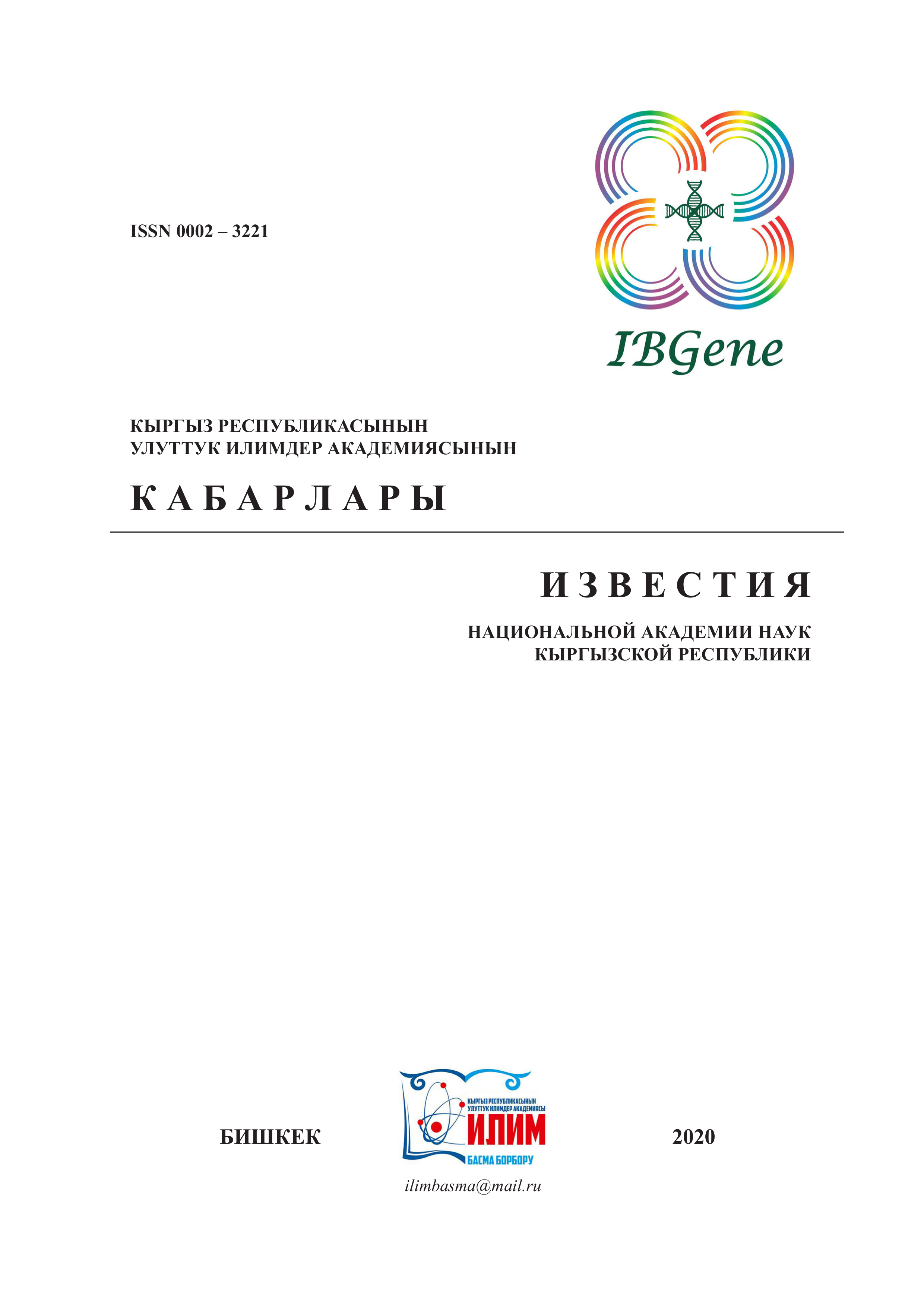FORECASTING OF VULNERABILITY OF THE SARY-JAZ AUTONOMOUS FOCUS OF TIAN-SHAN MOUNTAUS NATURE PLAGUE AREA
Keywords:
еpidemiological danger, epidemiological risk, epidemiological vulnerability, indexAbstract
This work is devoted to the forecasting of the vulnerability of the Sary-Jaz
autonomous focus of plague by using of GIS technologies. This focus of the plague covers a
very large and difficult to access territory. The annual survey and disarming of this territory is
very expensive. Therefore, it is necessary to select sectors that need more attention. That why,
it is necessary to assess the vulnerability of the population in various sectors. Now in the world
literature there is a lot of work on the assessment of vulnerability from these or those dangers,
but there is no definition of hazard, risk and vulnerability indices for the focus of plague. The
paper presents the results of the determination of these indices and calculates indices for each
sector of the natural focus of the plague. As a result of the work, the final map of the Index of the
epidemiological vulnerability of the Sary-Jaz autonomous focus of the plague was obtained. Detail
the results of the assessment, and the final map for the study area is given. The authors hope that
the calculations and results obtained in the course of this work will find their application both for
theoretical assessments of the vulnerability of various territories from plague and for practical
actions to reduce vulnerability
References
Комитет по статистике Министерства национальной экономики Республики Казахстан. «Алматинская область. Итоги Национальной переписи населения Республики Казахстан 2009 года. Том 1». Астана 2011 г., 128 с.
Национальный статистический комитет Кыргызской Республики. «Перепись населения и жилищного фонда Кыргызской Республики 2009 г. Книга III (в таблицах), Регионы Кыргызстана». Бишкек 2010 г., 244 с.

